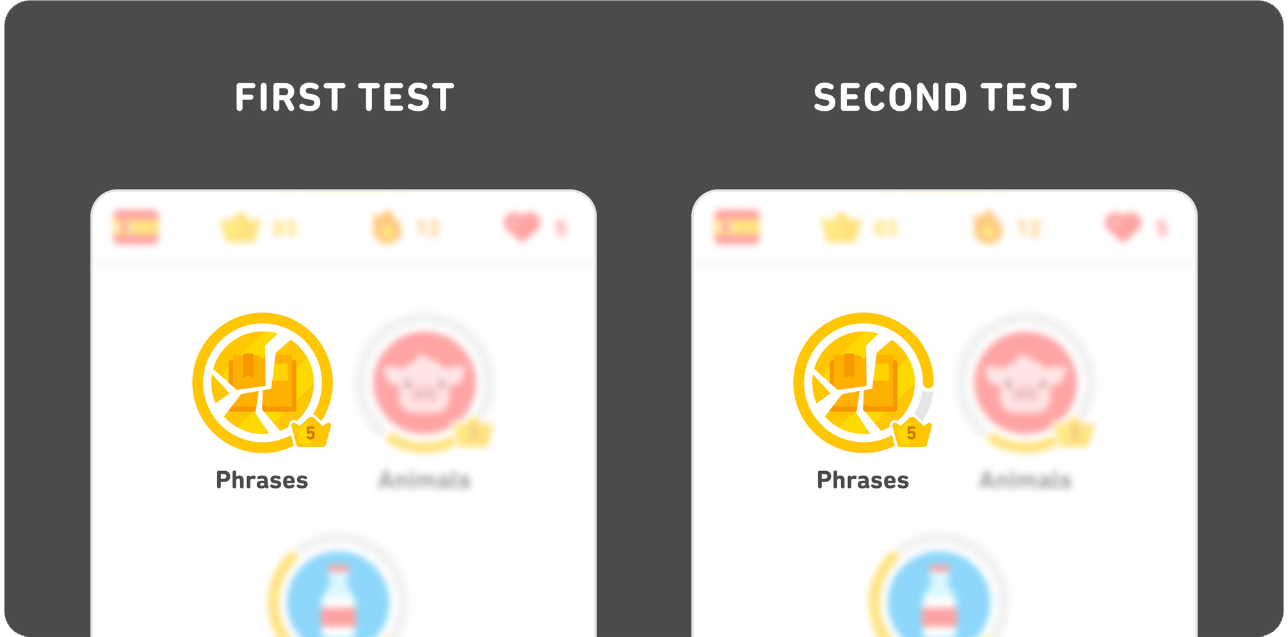How to make learning worth your while
Gamifying the learning process.
👋 Hi, welcome to Till’s Newsletter. Let’s learn about AI.
3 Min Read
Happy Thursday folks :) In today’s newsletter …
⏰ How do we make time for learning?
🦉 Duolingo’s gamified approach.
🤔 How do we make time for learning? How do we make learning something worth making time for?
“Anyone who stops learning is old, whether at twenty or eighty.”
– Henry Ford
If core values exist, I’ve decided one of mine is to always stay learning. Learning makes life fun, and it’s a constant reminder that there’s so much you still don’t know (ok, I realize that doesn’t sound so fun).
But learning takes time.
For example, I want to learn as much as I can about AI. But, like I highlighted last week, that means tackling more than a few pretty daunting subjects – including giving good old math a revisit (sigh).
Where do we find the time? Honestly.
Between our jobs, keeping up with friends, and doing the day-to-day menial tasks we’ve gotta do to keep ourselves together, it never feels like there’s much time left over.
School made things easier. Yes, it was annoying, but the fact that we were flung out of bed at 7 AM everyday to sit in a classroom for X mount of hours made it so learning was put in our way. We could try and maneuver around it, but eventually we’d be tested on whatever “it” was and if you’d avoided picking up anything until then, you’d likely fail and have to go another round.
For so much of our lives – pre-school through college – learning was put in our way; it was (virtually) unavoidable. Now, we’ve got to seek it out.
It’s a whole different muscle we have to learn to flex.
“… we turn to gamification to help our learners develop long-term study habits and make learning fun.” – Beth Chasse, Duolingo
In 2023, Duolingo, the popular language learning app, had 21.4 million daily active users. Clearly, Duolingo is a company that knows a thing or two about making time for learning – or, rather, making learning something worth finding the time for.
Product teams, designers and engineers at Duolingo keep their users engaged by introducing streaks, skill levels, and “cracked” skills they have to review in order to repair.
The difference between the two user tests below may be subtle, but the second test clearly won-out with learners. The depleting progress bar pushed a higher percentage of Duolingo users to go back and review their now “cracked” skills.
A small change with big consequences.

Of course, we can’t all build apps with intricate level systems for everything we want to learn. What we can do though is apply Duolingo’s gamified learning technique in simpler ways to keep us motivated.
I think part of the reason so many people have the ick for learning after High School or college is that they’re scarred from hours and hours of waking up too early to spend too much time hunching over text books and listening to lectures on topics they weren’t interested in.
The cool thing about learning after school is that you’ve gone through the (necessary) worst of it. You’ve built your base. Now you can choose what you want to learn, when you want to learn, and how you want to learn it.
Gamifying learning, to me, means 1) Tracking it, and 2) Putting it into action.
I track my learning by writing about it, but you can mark days off on a calendar, record yourself sitting down and studying, or make it a routine to go to a public place, like a favorite coffee shop, to study (in my case, having those people around helps keep me off my phone or from sliding into a YouTube rabbit hole).
Once you’ve got the habit down, use what you’ve learned as soon as you possibly can. Put it into action. In school, the only reason we spent more time on theory than on action was because the second is messier; grading individualized projects and approaches to a problem when you have a class of 20 high schoolers or a lecture hall of 200 students doesn’t sound so fun.
But you’re on your own now – messy is fine.
Gamify your learning by diving right into experimentation. If you want to learn to write better, start publishing articles on an online forum like Medium or here on Substack.
If you want to learn a new language, hop on Duolingo and use what you’ve learned to chat with language partners on apps like iTalki or Hellotalk.
If you’re learning about AI, start using GPT at work, build your own GPT, and ask yourself how AI can help you automate the menial tasks you dread everyday.
Maybe then the better question isn’t how we make time for learning, but how we can make learning something worth making time for.






